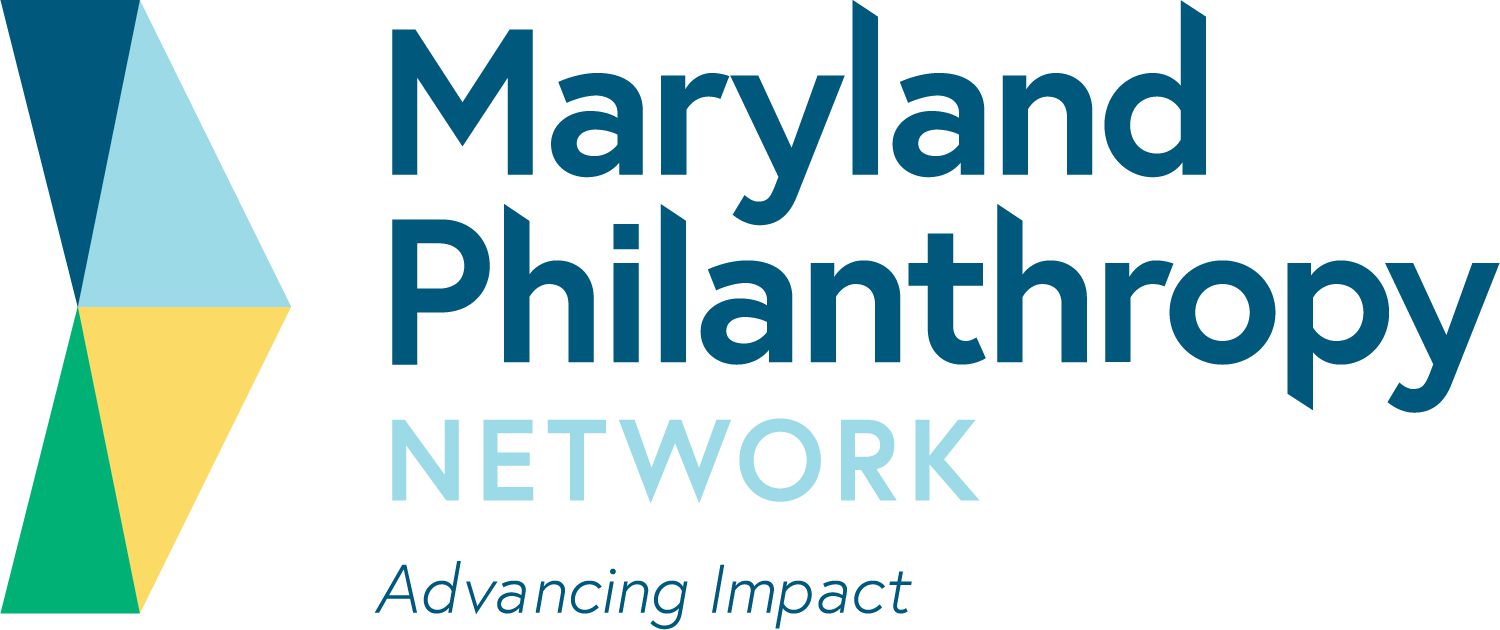Giving Done Right: Effective Data For Philanthropy
Charitable giving in the U.S. topped $400 billion in 2017. And more than half of American households give annually—more than vote in presidential elections. That giving supports a vast and diverse nonprofit sector that has been a defining strength of this country. Philanthropy has fueled progress—from reductions in teen smoking, to greater civil rights, to strong arts and culture organizations in communities both rural and urban. But givers often struggle to know how to give effectively, or whether their contributions are making a difference.
Too often, an understandable desire to quantify leads to a focus on dumbed-down measures that tell you little or mislead. Especially in the past two decades, we’ve seen a “biznification” of philanthropy that has pushed for universal measures—equivalents to metrics like return on investment or profit that allow those in the corporate world to compare by the same metrics companies in completely different industries. Philanthropy gets analogized to investing, nonprofits rebranded as “social enterprises,” and, along the way, crucial distinctions are lost.
It’s not that performance measurement isn’t vitally important in philanthropy and the nonprofit sector. It absolutely is. But it doesn’t lend itself to simple or one-size-fits-all metrics. I have seen so-called “venture philanthropy” firms boast of the “lives touched” by the nonprofits they fund, or of the “cost-per-life-touched” ratios of those they support. But these are meaningless metrics. A friend of mine who was a founding board member of an organization denied funding by this venture philanthropy firm—because its “cost-per-life-touched ratio” was deemed too high—put it this way: “I could give every poor child a lollipop if you want a low cost-per-life-touched number. But that won’t create impact!”
Click here for the full article.
Source: Wesleyan University magazine
FIND MORE BY:

